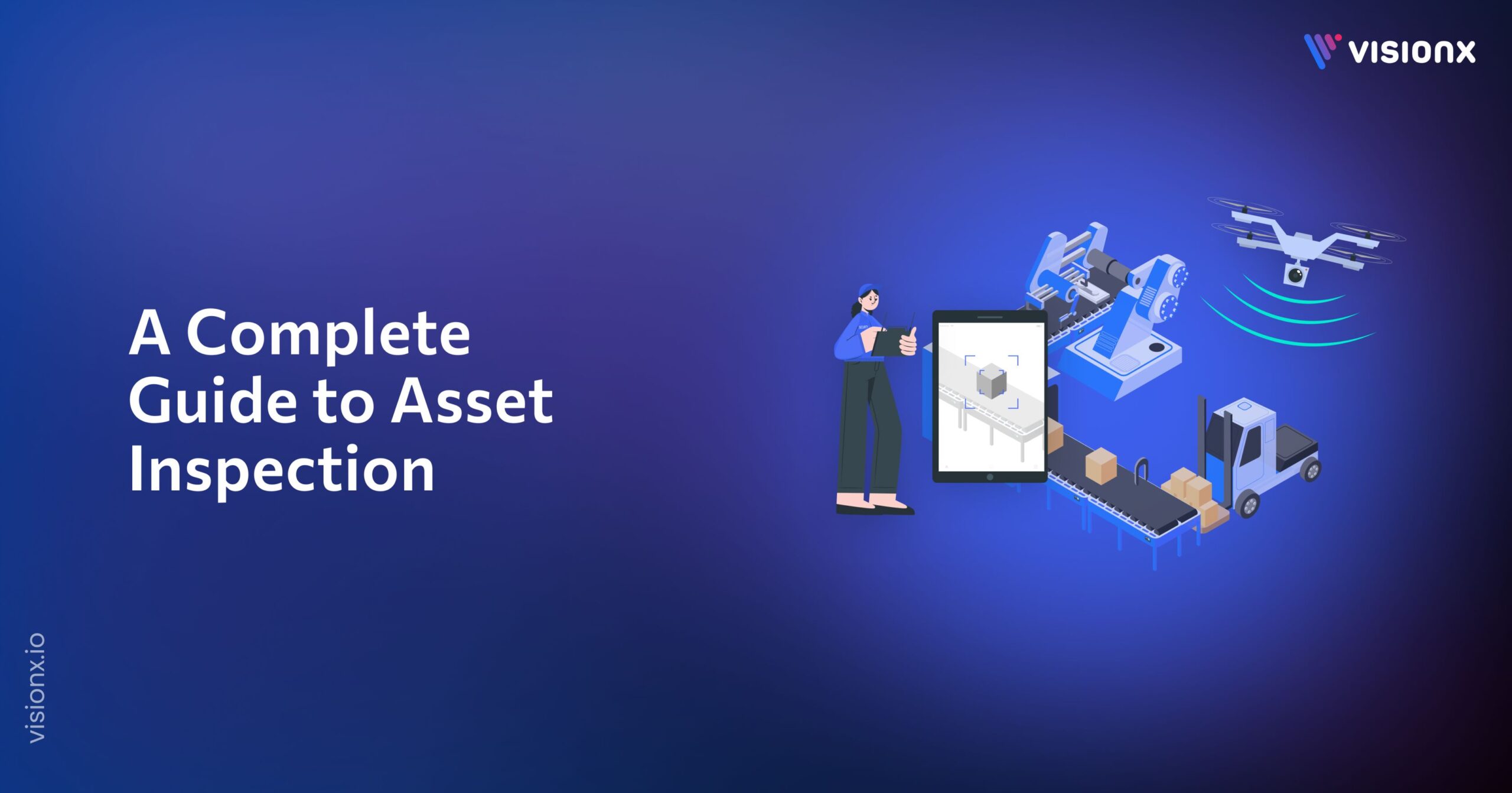App ideas are like GOLD in today’s digital world. Every morning, entrepreneurs wake up with the desire to create an app that stands out from the rest. So, how can you ensure that your startup will attract investors and differentiate itself from the many other ideas out there? And how do you protect it?
This “How to Patent an App Idea in 2024” guide will teach you how to offer crucial insights and steps to help safeguard your invention.
What Is a Patent?
A patent is a protection right that gives the inventor exclusive rights to their invention for a certain period of time. For apps, a patent can be used to protect the functional features of the software so that others cannot exploit your invention by using or making it without your permission. The process of patenting an app is complicated and costly at several levels, from the initial stages to filing for registration.
Can You Patent an App?
Before actually filing for a patent, it’s important to know if an app can be patented. The answer is yes, with a bit of an “if.” The app as a whole is non-patentable. You are allowed to patent the processes, methods, or algorithms that set it apart instead. An operator looking to file a mobile app patent faces the exact threshold requirements that any other inventor would need to overcome, which is proof that your application is new and novel.
This could involve a unique data processing scheme, its own user interface style, or some innovative way of working with hardware. Essentially, what you want to patent has to be more than just an abstract idea—it must exist in some form.
Advantages of Patenting Your App Idea
Your app idea can be protected through a patent, which restricts third parties from using or replicating it without your consent. This increases your company’s value and app investor appeal.
If you choose to sell or license the technology you’ve created, you also increase the value of your business. A patent also adds uniqueness to your product. Being the first to market isn’t always effective in the rapidly evolving tech sector because rivals can easily copy your discovery. A patent safeguards your exclusive right to use that invention.
What Types of Patents are Applicable to Apps
Before learning how to patent an app idea, it’s essential to understand the types of patents that apply:
- Utility Patents: These safeguard any new and functional aspects of the invention, covering the processes, methods, or systems your app uses.
- Design Patents: These protect the appearance of an invention. For instance, if an app has a unique user interface (UI) design, a design patent could be useful.
- Provisional Patents: A provisional patent allows you to claim “patent pending” status on the same day as filing, provided you follow up with a full application within one year. It may be cheaper and requires less documentation, but it only lasts for one year.
How to Patent an App Idea: Step-by-Step Guide
1. Conduct a Thorough Research
Before you even start the process of patenting an app, make sure that your idea is truly unique. This step is critical because patents are only awarded to inventions that are entirely new and non-obvious.
To meet these criteria, you should study existing patents in your home country’s patent database and also check popular global databases, such as the World Intellectual Property Organization. Be sure to keep an eye out for related technology or process patents or methods that might overlap with your idea.
It would be best if you also found the closest apps on the market. If you find a similar one, assess whether it improves what you have come up with or comes from a different angle. Research will save you a lot of time and money in the future because you won’t have to deal with possible rejections.
2. Document Your Invention
Proper documentation plays a crucial role when you patent an app. Keep a record of your invention or idea, how it works, what problems it solves, and its unique features. Prepare sketches, diagrams, and descriptions that explain the technology behind your app.
The more detailed your description, the easier it will be to prove that your idea is unique and innovative. Consider keeping a secure, dated lab notebook that you can show to anyone who doubts the origins of your idea. If you use digital tools, be prepared to show all records to prove your right to the idea.
3. Speak To A Patent Attorney
Although you can file a patent by yourself, it is highly encouraged to consult with a patent attorney. Patent law is confusing and missteps will likely cause your patent application to be rejected. You are provided a patent attorney who will help you through the process, and ensure that your idea is protected with an iron-clad patent application.
A patent attorney can also assist with whether it is preferable to pursue filing a provisional patent initially. A provisional patent application is an easier, cheaper way to register your idea, and you still have a year to fine-tune it before you apply for a full-blown patent.
4. File a Provisional Patent Application
Continuous and expensive provisional patent application (PPA) filings are likely the most common way mobile app developers protect an iOS, Android, or cross-platform app idea. Using a PPA allows you to file your app and get an application number but leaves the development of your project open. It gives you protection for a year and allows the use of ‘patent pending’ associated with your app.
It is quite useful because it provides the time to refine and test your app before you dive into a full patent application. PPAs do not grant patents but enable the filing of a patent application in at least one country that is still pending before expiration up to 12 months after its initial PPA filing date.
This means that if someone else files a similar patent after you file your PPA but before the first regular USPTO application is filed (this will become clear in the next few paragraphs), the earlier filing date gives you priority.
5. Develop a Prototype
Another very common question: Can you patent an idea without a prototype? This is true on some level — you certainly can file a patent without having every minute detail of the prototype ironed out. That said, having a prototype will bolster your patent application. It means that you have a prototype that shows your idea is more than just some random concept but something that can work in practice.
An applicant also demonstrates how to make their app better and pinpoint other unique features that might be patented. It strengthens your patent application and increases the chance of getting it approved.
6. File a Non-Provisional Patent Application
The Next Step is to File a Non-Provisional Patent Application. This app calls for elaborate specifications, statements, and possibly illustrations or other graphics related to the special features of your app.
You need to describe the parts of your app that you want to patent in your application. That includes any technological breakthrough processes, methods, algorithms, or interfaces that set your app apart from others.
The claims are critical, and your patent attorney will be an expert at drafting these so that they are broad enough to provide protection and specific detail, which allows them to be associated with the rest of the document.
7. Respond to Patent Office Inquiries
Once your application is filed, it will be reviewed by the patent office, and they may have some queries or make an objection. Be familiar with the term “patent prosecution.” Expect to receive correspondence regarding this; the patent examiner may also ask for more information or clarity.
Your attorney will assist you during these exchanges, argue on your behalf, and, if needed, amend the application. How quickly this step is done depends on your app’s complexity and the patent office backlog, which can take a few months to years.
How Much Does It Cost to Patent an Idea?
This is one of the most frequently asked questions, and that is, how much does it cost to patent an idea? The cost can vary depending on multiple factors: the type of patent, invention complexity, and much more. Make sure you employ a patent attorney.
- Provisional Patent – A provisional patent application costs between $70 and $280, depending on whether you are a small entity or an individual inventor.
- Non-Provisional Patent: The fees for filing a non-provisional patent are orders of magnitude greater, ranging from $5,000 to over $15,000, depending on various factors. This includes attorney fees, filing fees, and other costs.
When budgeting to patent your app idea, make sure you also consider these costs. This can be a costly process, but the protections it offers are irreplaceable, particularly when your app grows.
Can You Patent an Idea Without a Prototype?
The next question often asked is: can you patent an idea without a prototype? The answer is yes. A functional prototype is not necessarily required to file a patent application. The description of the invention should be sufficiently clear and full to provide an understanding of how your application works, including what is different from others.
While a prototype is not necessary, it would make your app more interesting as you could have physical proof of the idea. It is also valuable in the patent analysis procedure as it lets an examiner look at your technology working practically.
Can You Patent Code?
One of the most frequently asked questions is whether code can be patented or not. The short answer is no; you cannot patent the actual code itself. But you can patent the method or process the code implements.
This could be if the code your app runs has a unique way of doing something, such as running an algorithm or process that fixes some issue in a new and novel manner; you can get it patented.
This distinction is important because it changes attention from the code to the innovation that the code represents. It is how that thing works, not the exact same code. You could technically write it a zillion different ways but still achieve the same result.
Tips for a Successful Patent Application
Now that you know how to patent an app idea, here are a few additional tips to increase your chances of success:
- Be Thorough. Ensure your patent application is thorough and comprehensive. The more detail you give, the better your application grows.
- Keep Records: Write down the creation calendar, starting with your origination and ending in post-production. Having this documentation can be instrumental when a patent goes through examination.
- Get Expert Advice: Finally, never shy away from consulting patent attorneys or industry experts. These individuals can provide you with invaluable insights in navigating the complicated world of patents.
- Stay Updated: Patent laws and regulations can change so it is important that you stay on top of these developments. This can help ensure that your application is appropriately compliant to all necessary legal requirements.
- Plan for Costs: For the patenting of an app, high expenditures can emerge; thus, experiencing how much the cost for this pursuit ought not to be disregarded. Think about how this would translate if your app became successful.
Common Pitfalls and How to Avoid Them
1. Incomplete Documentation
Incomplete documentation is probably one of the most common errors in patenting an app idea. Make sure you document everything about your app, all the unique aspects and methods that differentiate it. Spread Documentation: Good documentation not only helps in getting a patent, but also serves as verification of patented item during any dispute.
2. Not Searching Wide Range
Jumping over the search phase can be a BIG mistake later on. Should your application for a similar patent already exist, it will otherwise be completely ruled out, and this also period, in addition to cost, will be wasted. Perform an exhaustive search and consult with a patent attorney to confirm the uniqueness of your idea.
3. Delaying the Patent Process
Time is money — even in tech. This can be particularly damaging if your competitors are also in the process of patenting similar ideas. Get the ball rolling as soon as you have a clearly defined app idea; this may mean filling in a provisional patent.
Final Thoughts:
Patenting an app idea is complicated, but it is necessary to secure your invention. This guide will walk you through all the steps necessary to patent your app and safely complete the process.
Always remember three things: meticulous preparation, complete documentation, and a guiding hand. But, with the right process, you can get a patent that keeps your app idea all to yourself and lets you set up for success down the line.
This measure of solving the mystery that your app idea has so much more potential to be a goldmine needs put in place because protecting your app Idea is not just good business but a necessity.
Therefore, you must do extensive research to learn how to patent an app idea. If your mobile application is eligible for Patenting, then invest in the entire process. Actively protect and preserve your invention.
VisionX is a mobile app development company specializing in Android, iOS, and cross-platform application development. If you have an app idea, we can bring it to life using advanced technologies.


